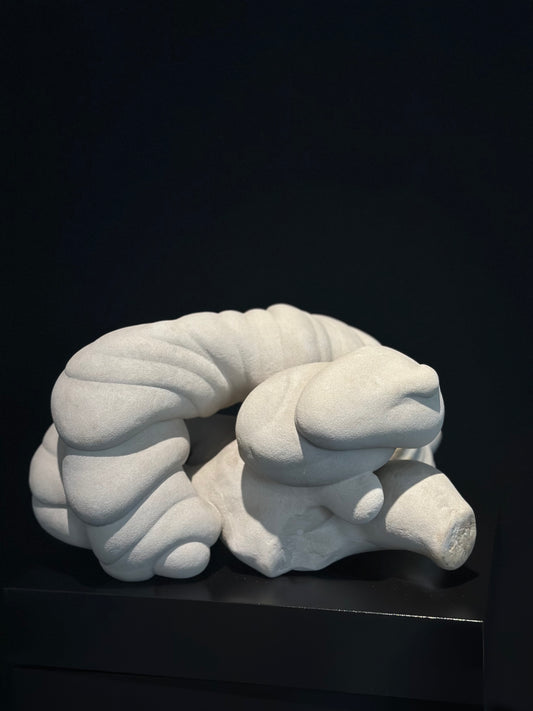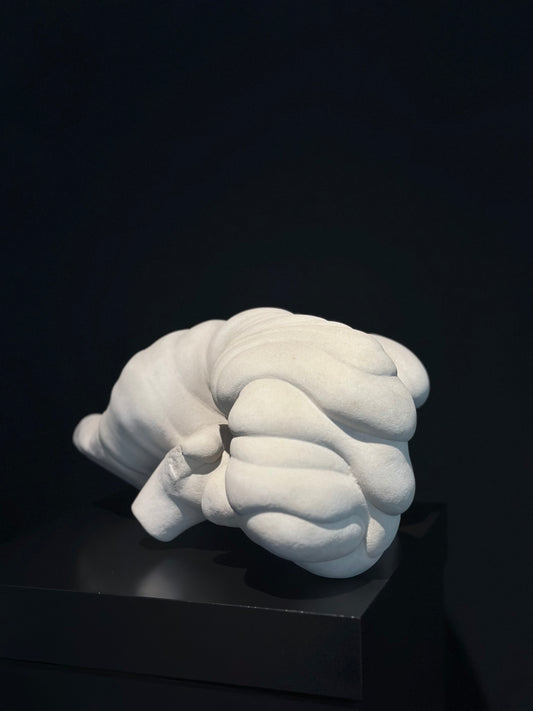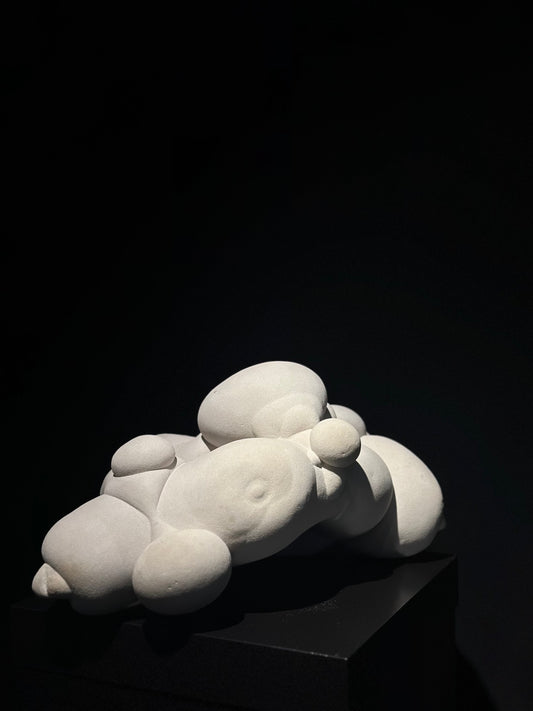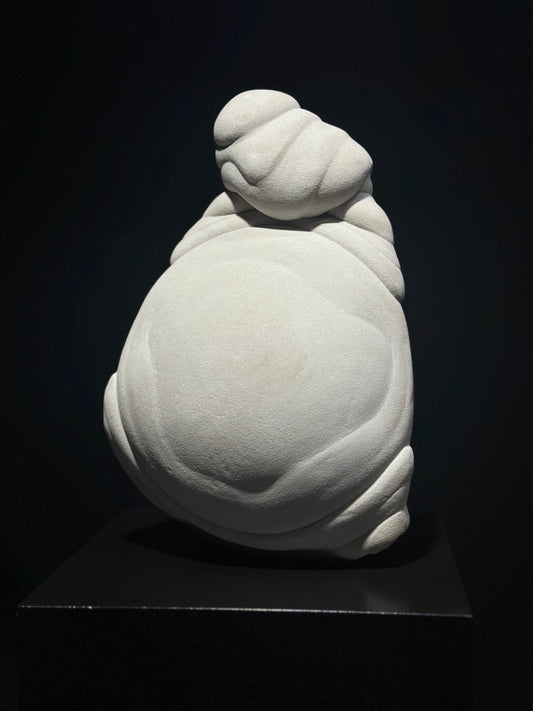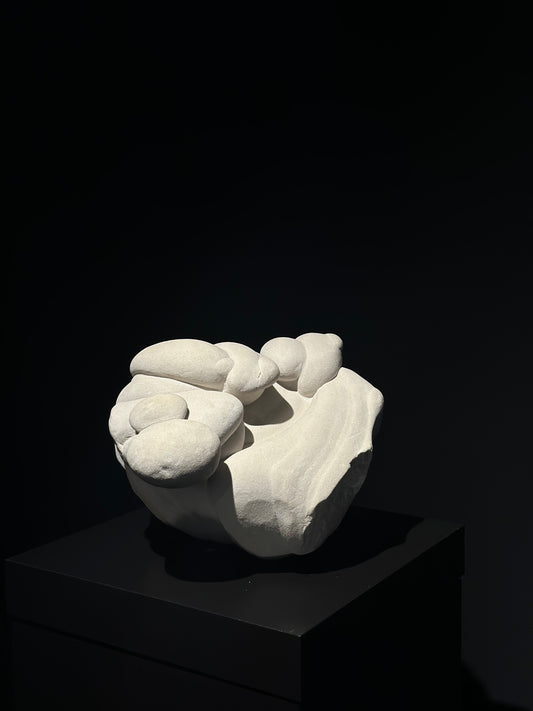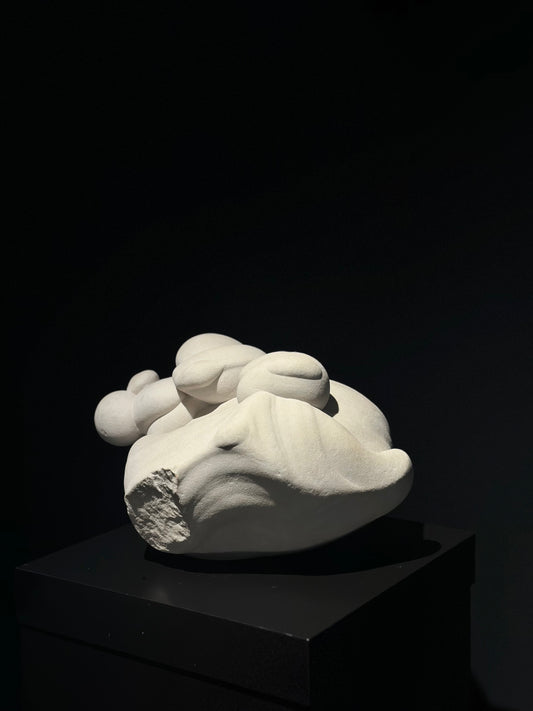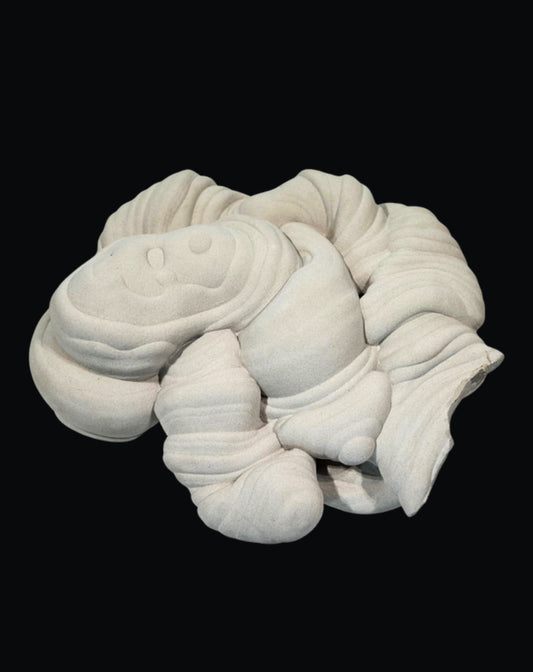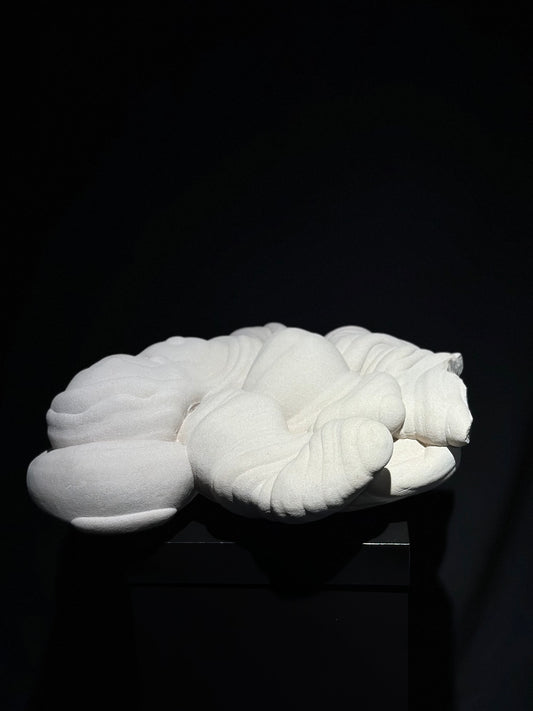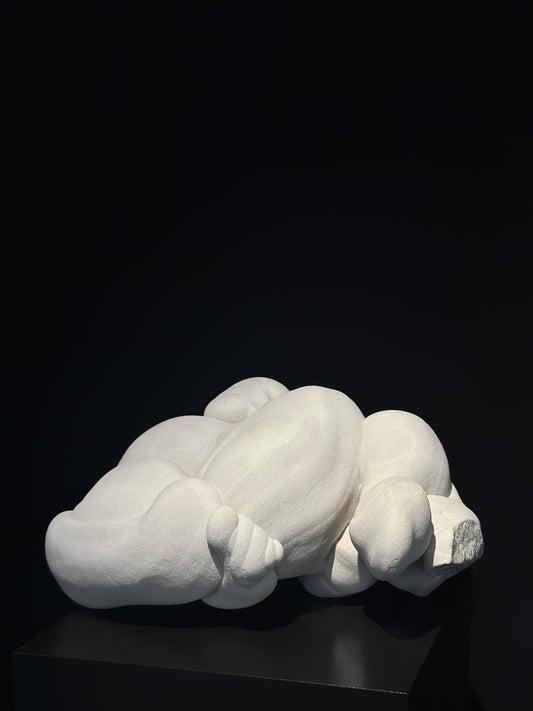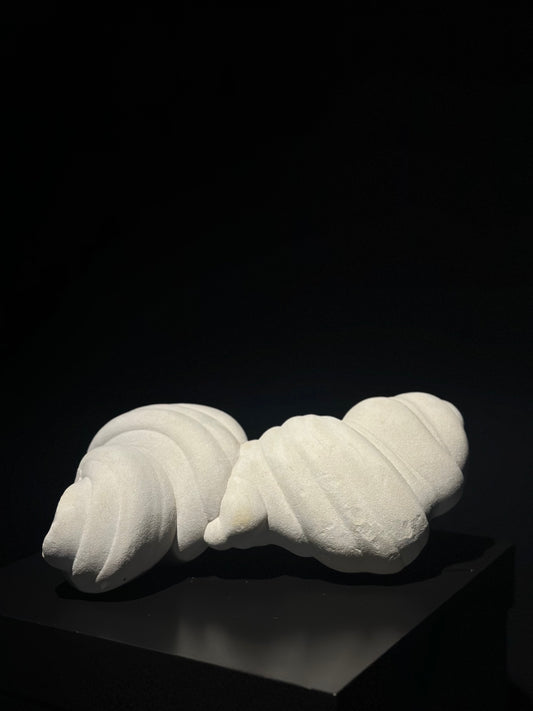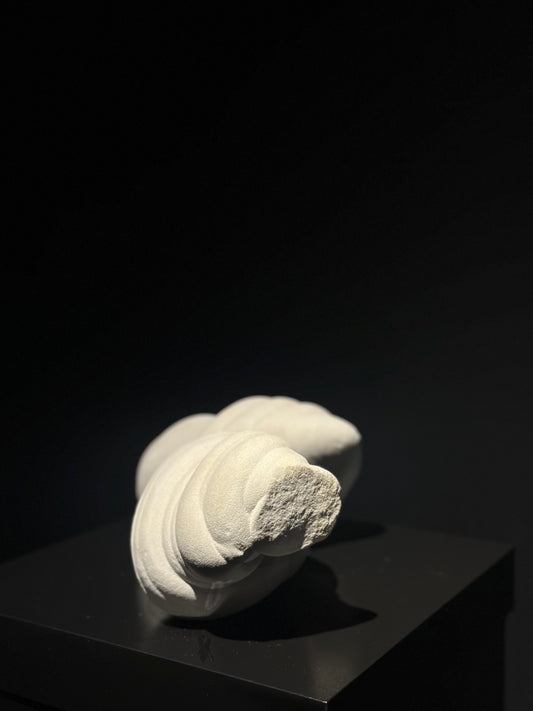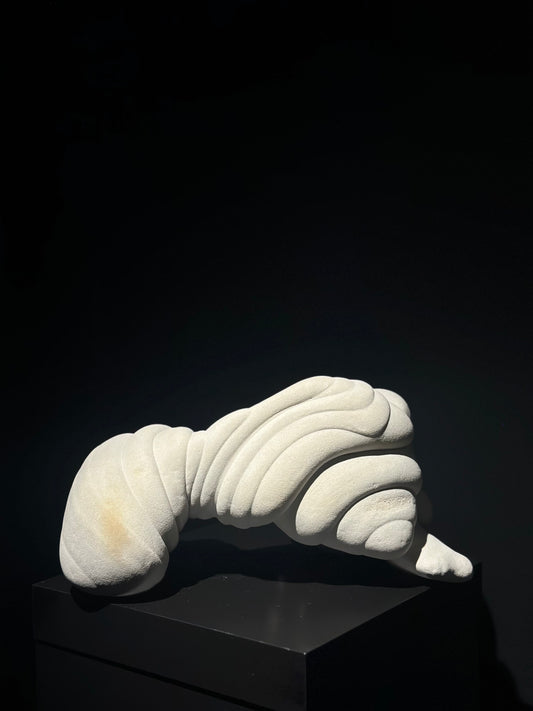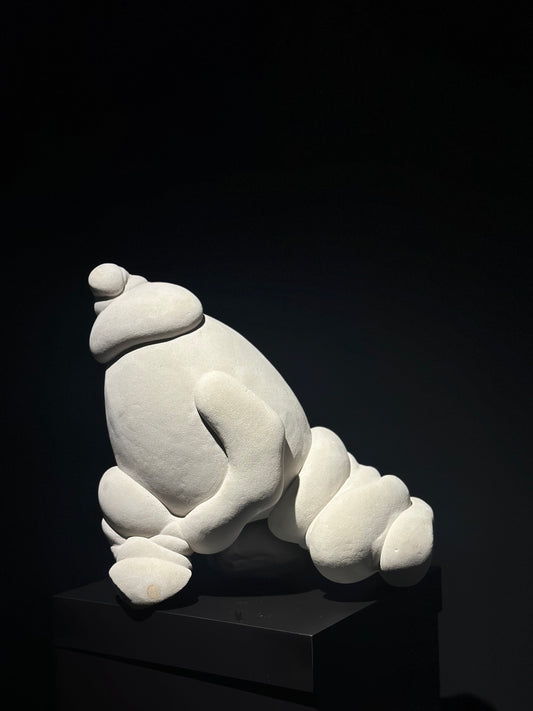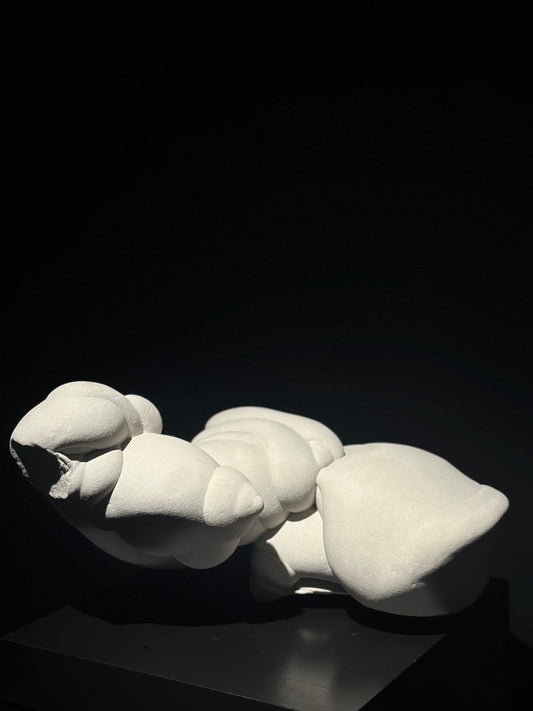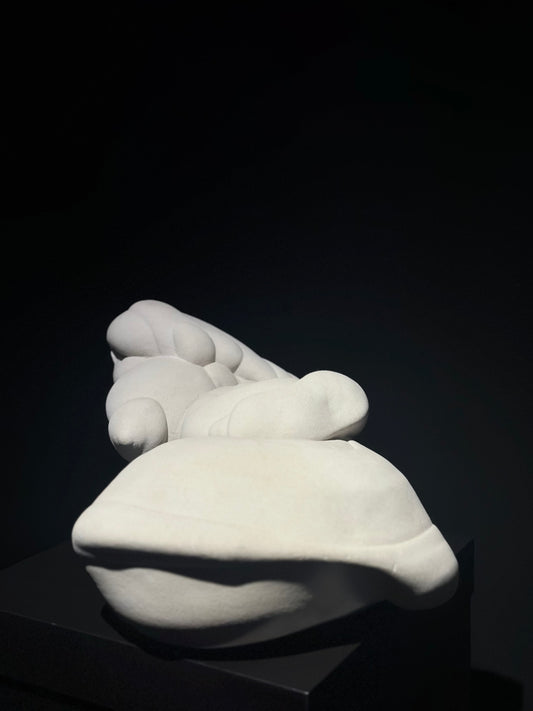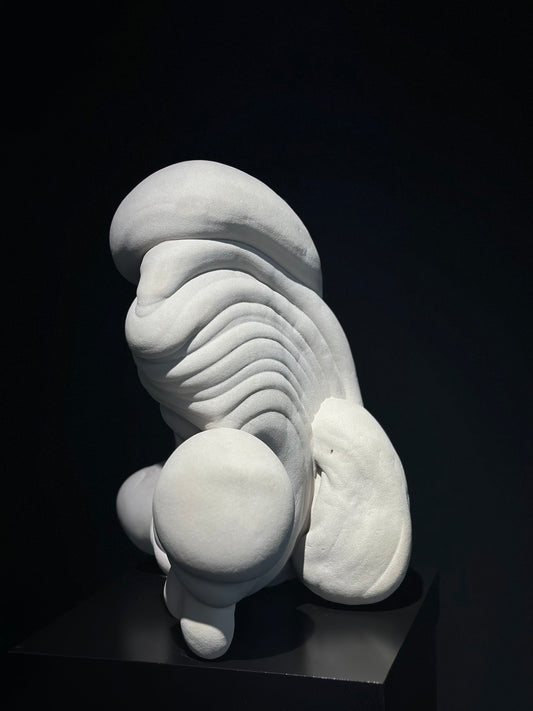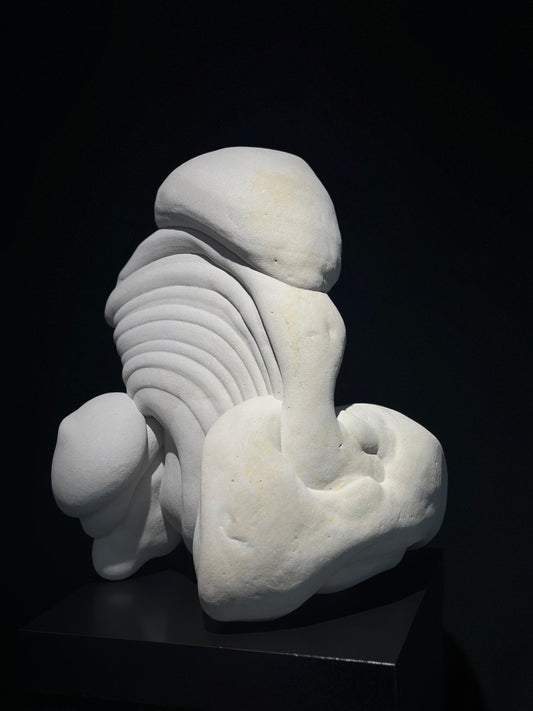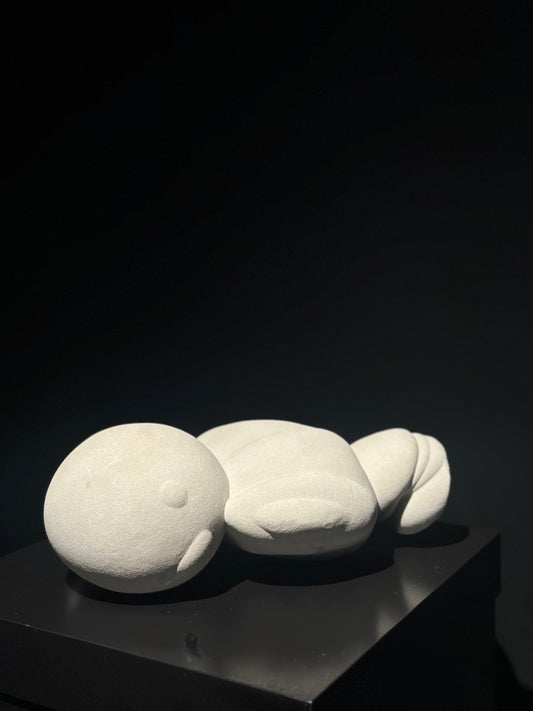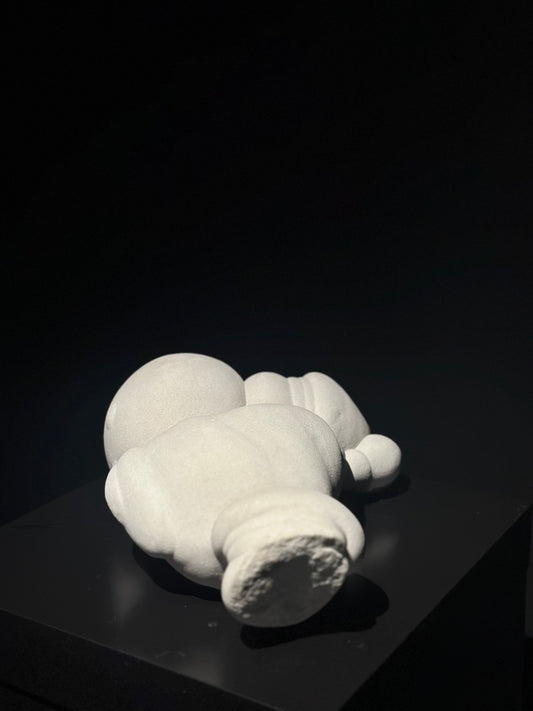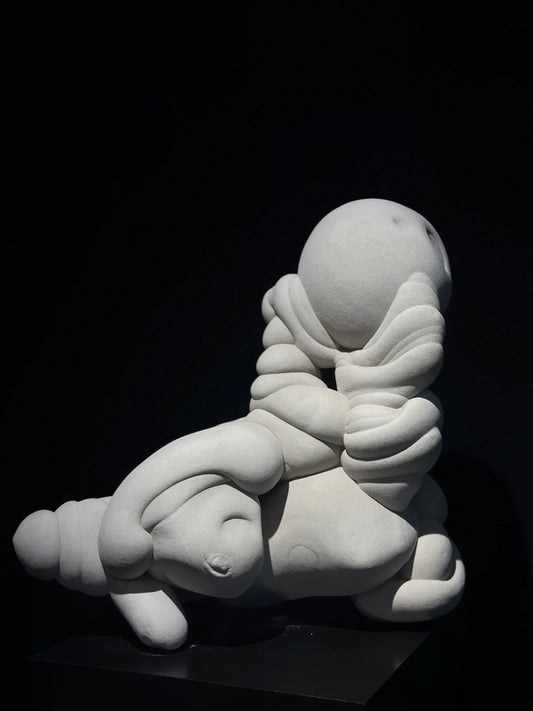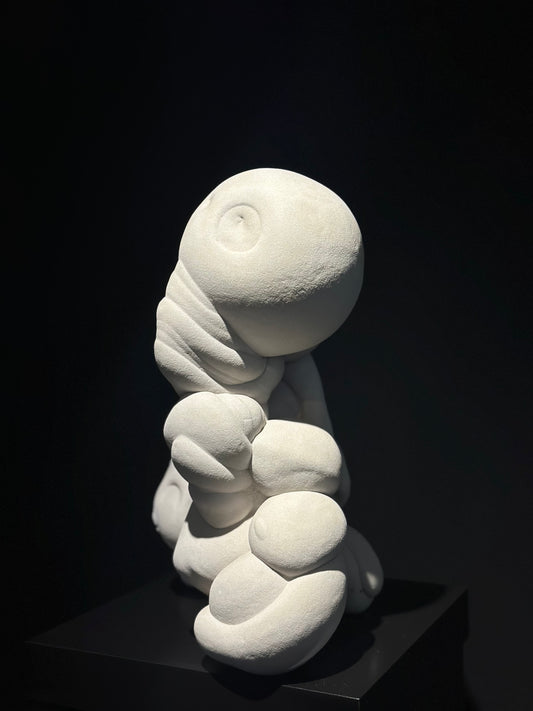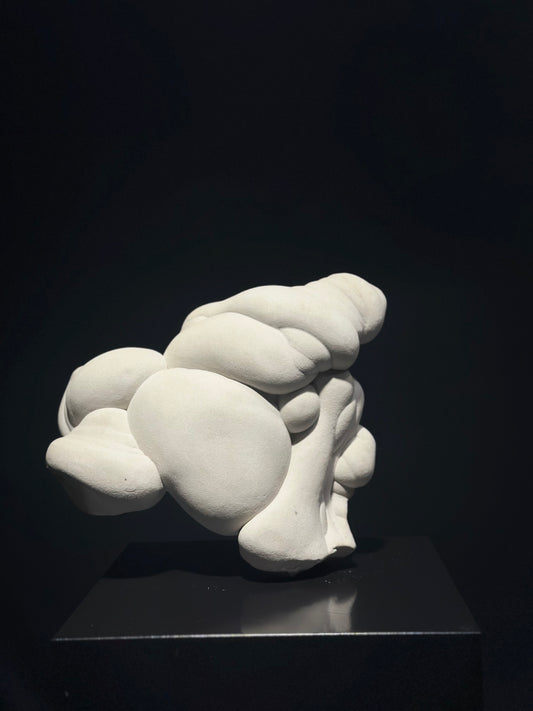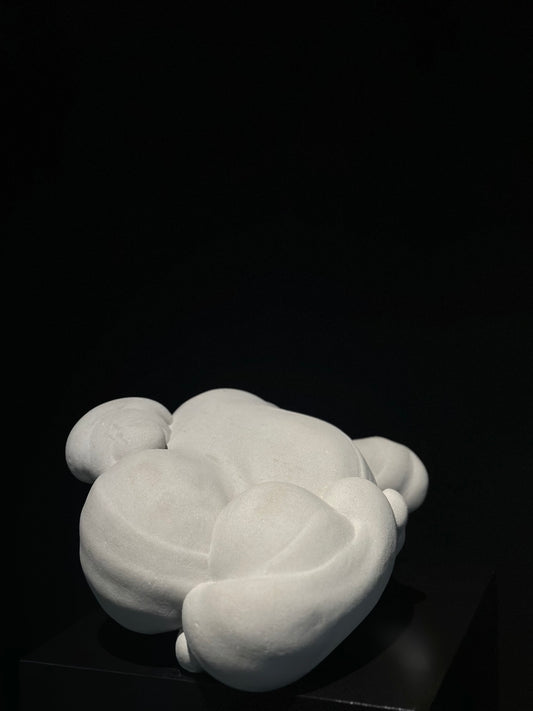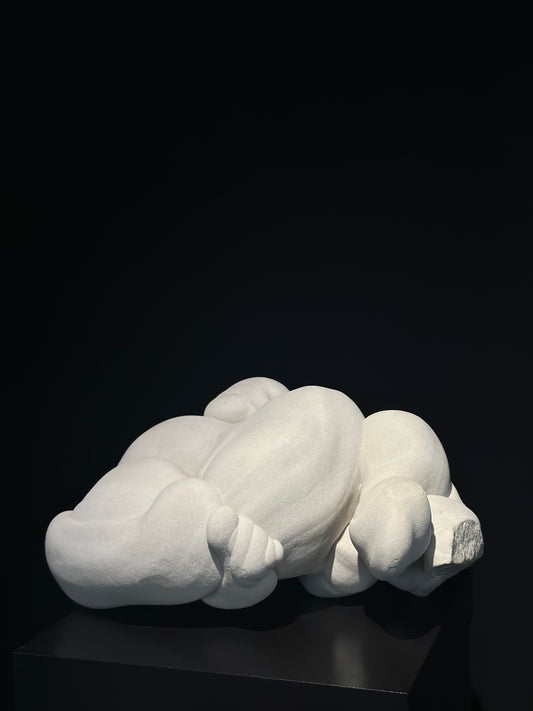“Gogottes, or otherwise known as, The Fontainebleau Concretions remind us that nature was the first abstract artist,” says curator Valeria Likhova. “They collapse the boundary between geology and art history, showing us how deep time shaped forms that artists have continued to reimagine across generations.”
SEATTLE, WASHINGTON — TASWIRA Gallery marks the beginning of a bold new direction with its first major sculpture exhibition: Fontainebleau Concretions. This landmark presentation introduces Seattle audiences to the rare sandstone formations known as gogottes—sculptural marvels shaped by nature nearly 30 million years ago. With this debut, TASWIRA and art investment partner, The Passenger Collection, bring to the city a vision of art, luxury, and cultural storytelling unlike anything seen before.
Where Geology Meets Art History
Born in the Oligocene epoch, The Fontainebleau Concretions emerged when silica-rich groundwater bound the quartz sands of Fontainebleau, France, into curving, layered forms of uncanny elegance. With folds recalling Baroque drapery and contours echoing biomorphic abstraction, they occupy a rare position between natural phenomenon and sculptural masterpiece.
Their provenance is as extraordinary as their form. Louis XIV selected Fontainebleau Concretions to adorn the gardens of Versailles, most notably in the Grove of the Three Fountains designed by André Le Nôtre. Since then, they have traveled from royal grounds to museum collections, with monumental examples housed today at the Smithsonian’s National Museum of Natural History and the Natural History Museum in London.
This exhibition signals TASWIRA’s expanded focus on sculpture and sets the stage for a dynamic program that will bring world-class art dialogues to Seattle.
